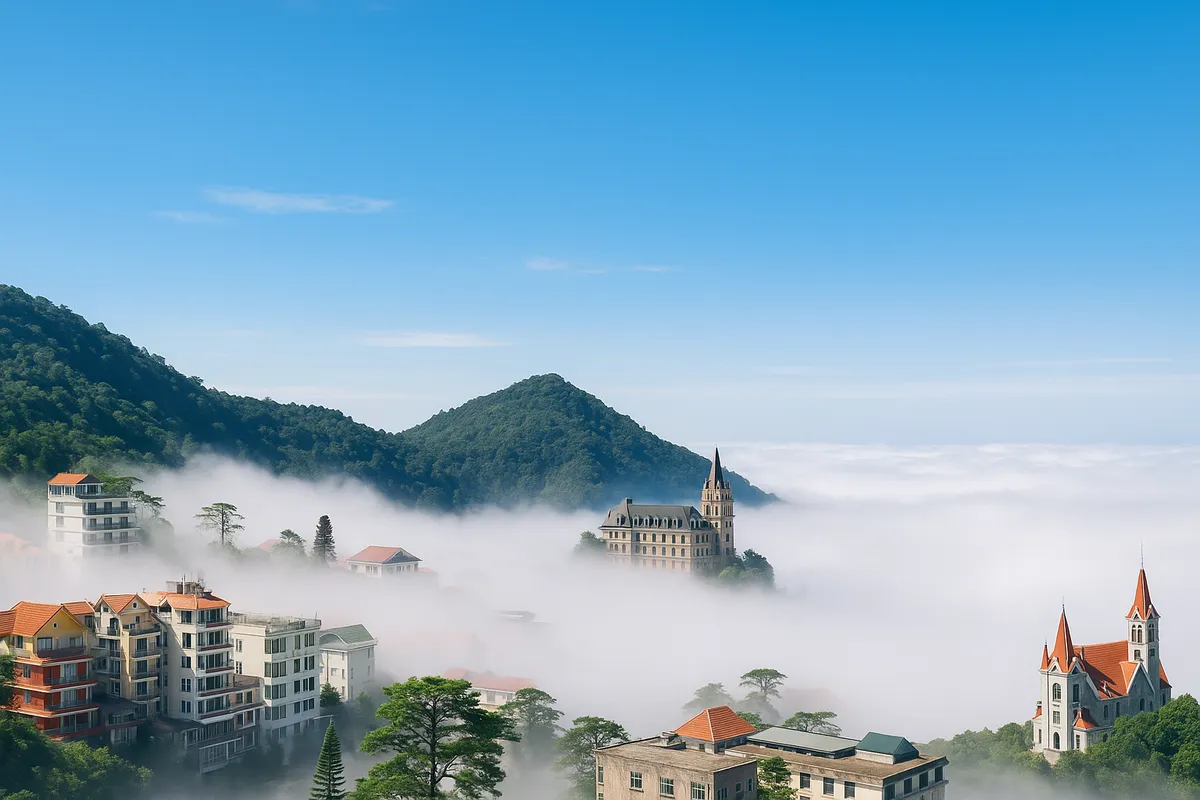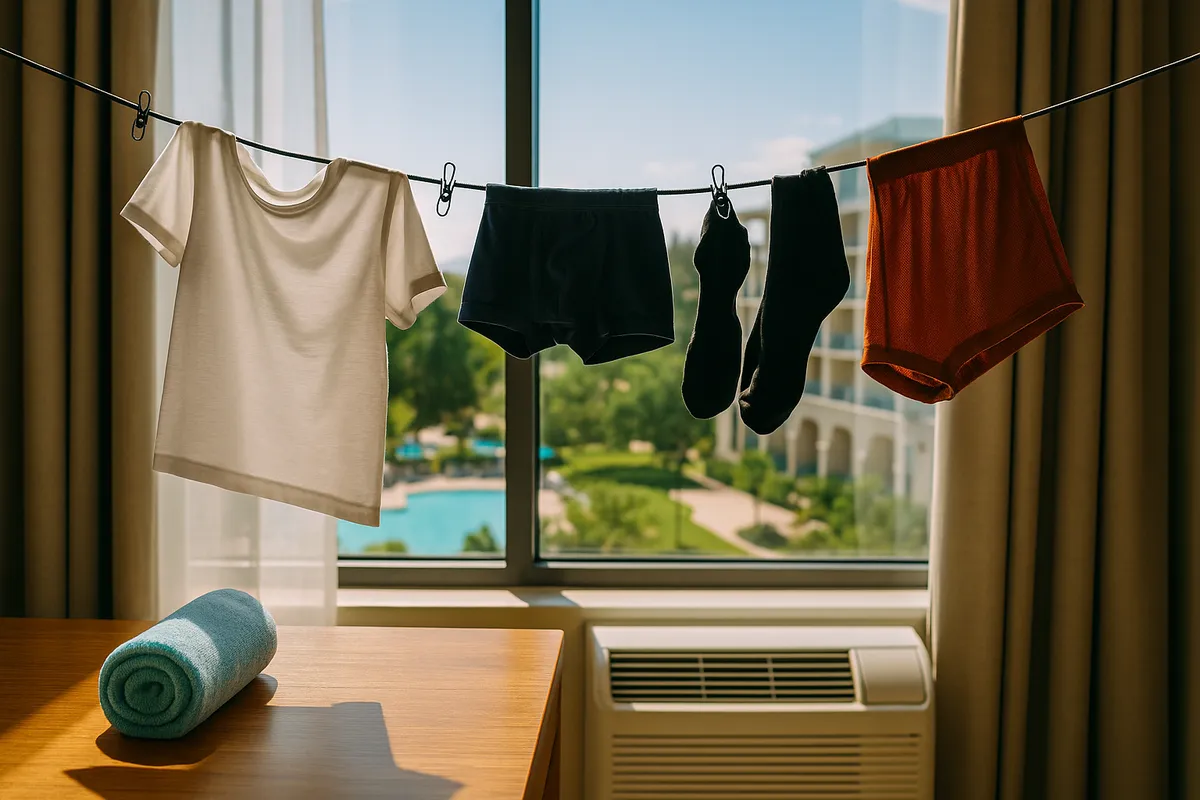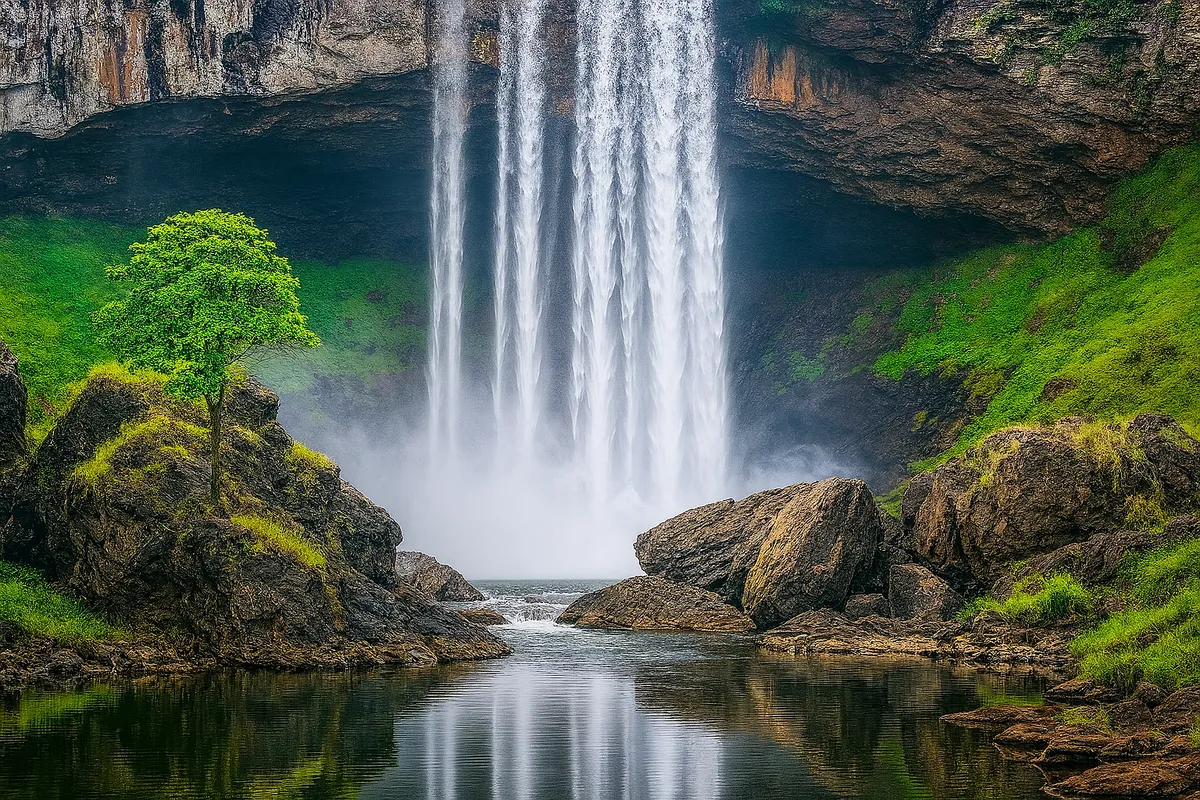Why keeping body temperature incorrectly can make you susceptible to illness when traveling to cold areas?
- Tuesday, May 27, 2025, 10:57 (GMT+7)
Why keeping body temperature incorrectly can make you susceptible to illness when traveling to cold areas?
No one wants their winter journey to turn into a shivering memory, with frozen fingers, pale skin, or an early retreat to the hotel because of an unexpected chill. Cold destinations are undeniably alluring with their snow-covered landscapes, crisp air, and one-of-a-kind views. But they also present real challenges when the body is not adequately prepared. Staying warm in freezing weather is not just about piling on layers. It is a deliberate process that requires careful planning, understanding how the body reacts to the cold, and having a clear strategy to protect your health in all conditions.
The first step is understanding how the body responds to the cold. When temperatures drop, blood vessels constrict to keep vital organs warm. That means extremities like hands, feet, ears, and the nose lose heat quickly. The tingling and shivering sensations are natural responses to generate warmth. But if the body remains in this state for too long without proper intervention, it can lead to hypothermia or frostbite. In mild cases, it causes fatigue. In severe situations, it can be life-threatening.
Dressing properly is the first and most critical line of defense. It is not about wearing as many layers as possible, but wearing the right ones. Follow the three-layer rule. The base layer should retain warmth and be made of moisture-wicking materials like merino wool or polyester to keep the skin dry. The middle layer insulates, usually with fleece, wool, or a lightweight down jacket to trap body heat. The outer layer should block wind and water, ideally a waterproof jacket with wind-resistant fabric. Many travelers make the mistake of choosing only thick coats without considering breathability, which traps sweat and causes the body to cool even faster.
The head, neck, hands, and feet are where heat escapes the fastest and must be kept warm. A wool beanie that covers the ears, a breathable scarf to protect the throat, and two-layer gloves are must-haves for long hours outdoors. Shoes should have rubber soles for grip and an insulated lining. You can also add specialized foot warmers, sold at outdoor gear stores, that provide up to six hours of heat and are invaluable for long walks.
Food and drink play a key role in keeping the body warm from the inside. Energy-dense foods like dark chocolate, nuts, and meals rich in healthy fats help maintain metabolism and generate heat. Staying hydrated is just as important, even if you do not feel thirsty in the cold. Avoid alcohol since it causes blood vessels to dilate, creating a false sense of warmth while actually accelerating heat loss. Many people think a little alcohol will help them warm up, only to end up hospitalized with hypothermia by nightfall.
Staying gently active throughout the day is another effective way to maintain body heat. When waiting for a ride, taking photos, or hiking snowy terrain, keep moving, stretch your arms, rotate your wrists, or tap your feet. Avoid sitting still outdoors for too long. Your body cools gradually and you might not realize it in time. A group of young travelers once made this mistake during a winter trip to Sapa. They sat for too long watching the snow, then had to take turns warming up with hot water for the entire evening.
In extreme conditions like snowstorms, freezing winds, or deep subzero temperatures, avoid going outside unless absolutely necessary. If you must, always carry pocket warmers, stick-on heat patches, or compact thermal packs. These items are small and lightweight but provide immense comfort and safety if the weather turns suddenly.
Sleeping in cold environments also requires attention. Whether at a hotel, homestay, or in a tent, ensure the air is not too dry and use insulation under your body. Many travelers place a thermal mat under their sleeping bag to prevent direct contact with cold ground. Wear a soft thermal layer instead of wrapping in heavy blankets, which can make it harder to regulate your body temperature. Most importantly, never go to bed feeling cold. Warm up with hot water or light exercise before getting into your sleeping bag.
Another critical reminder is to always listen to your body. Cold sensations, shivering, numbness, bluish skin, dizziness, or nausea are warning signs that should never be ignored. Do not underestimate winter weather. Temperature, humidity, wind, and snowfall can shift within minutes. During one Fansipan trek in winter, a member of the group assumed everything was fine because the weather at the mountain base felt tolerable. But as they climbed higher, exhaustion set in quickly, lips turned blue, and dizziness hit hard. A rescue call was nearly made due to loss of temperature control.
Lastly, mental preparation is just as important as physical gear. When travelers understand that staying warm is an active and flexible skill, they are not only safer but also able to enjoy the beauty of winter landscapes more fully. A cold-weather trip is not for the rushed or unprepared. It requires observation, intention, and a willingness to stay attuned to your own body.
Keeping warm is not just about survival. It is about living every moment in the snow, among foggy pine forests, or atop white hills with clarity and energy. When your body is warm enough, your spirit stays bright, and the journey becomes more than a memory, it becomes an experience worth repeating. A well-timed neck warmer, a pocket hand warmer, or simply the habit of never sitting still too long can be the key to embracing winter without compromising your health.

 CHECKIN.VN
CHECKIN.VN








Share on